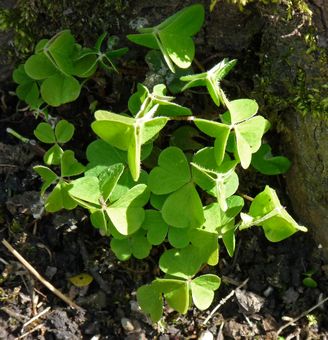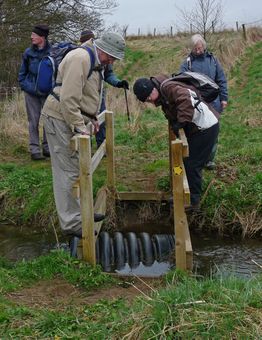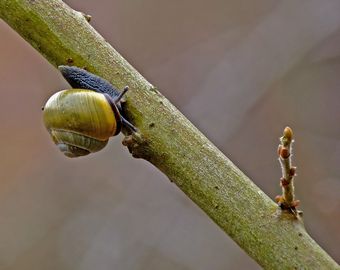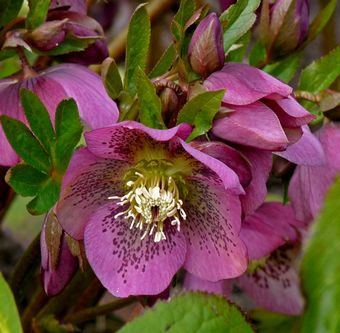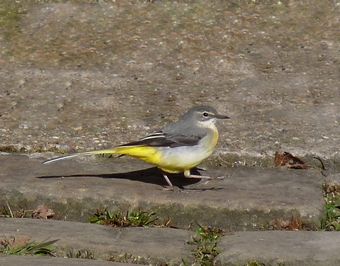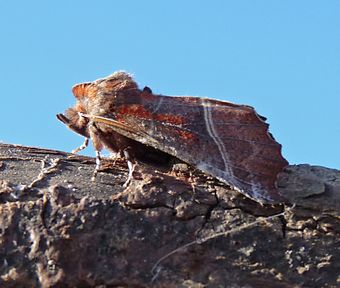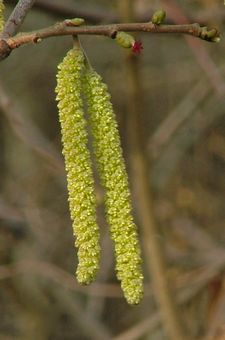WFV, Local Wildlife Sites, 27.04.10
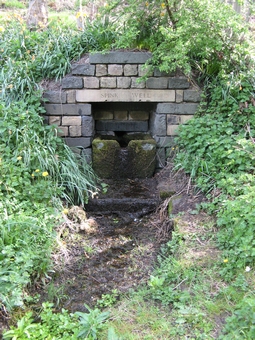
The next site was another BEES managed site, the Urban Wildlife Reserve located at the end of Horton Park Avenue opposite the famous sports ground between the new mosque and the university halls of residence. This site has been much improved by BEES and a variety of spring-flowering plants were found together with 4 bird species not seen at Boar's Well.
We had our picnic lunch at the Bowling Park Community Orchard which is another BEES-managed project, before driving to Horton Bank where the Country Park was created in 1997 on the site of an old reservoir and which has extensive walks round a lake. Another 4 different birds brought the day's total to 21.
Butterflies abounded throughout the day, mainly speckled wood, orange-tip, peacock and comma and we enjoyed spring flowers like lady's smock, marsh marigold and cowslip together with the first of the bluebells which were just showing.
Nick is normally office-bound when the WFV visits take place and it was very nice to be able to enjoy his company and his driving skills today. Another very enjoyable WFV day.
Stuart

